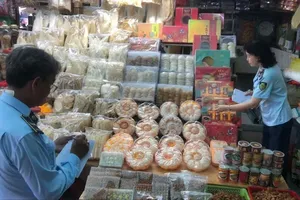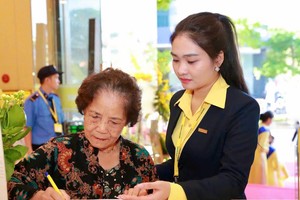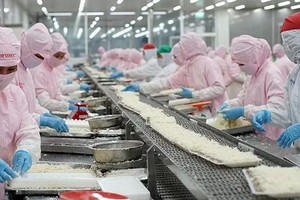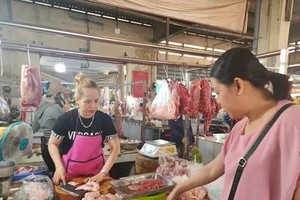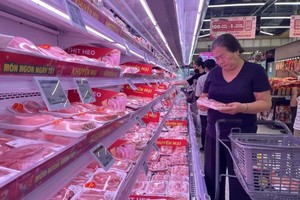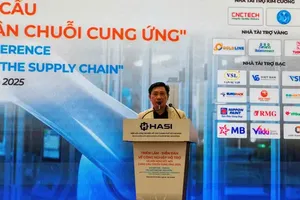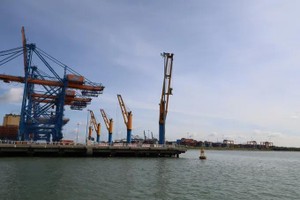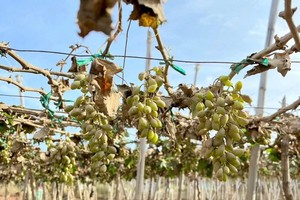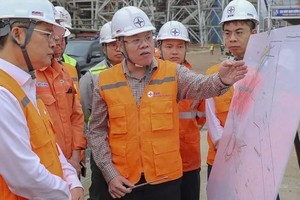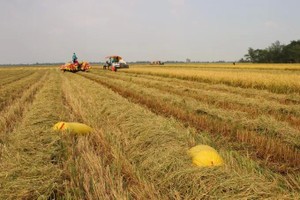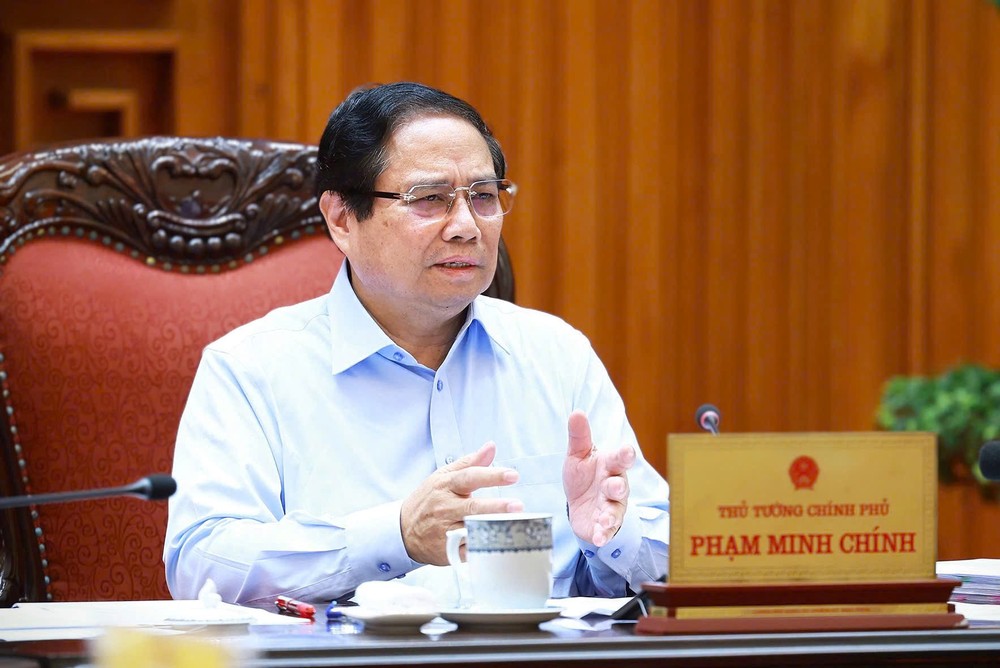
Prime Minister Pham Minh Chinh chaired a meeting of the Government alongside relevant ministries and agencies to prepare for negotiations aimed at fostering a balanced, stable, and sustainable trade relationship with the US on April 22.
This marks the fifth time Prime Minister Pham Minh Chinh has convened a dedicated session to implement the conclusions and directives of the Politburo and General Secretary To Lam regarding Vietnam’s adaptation to the US evolving tariff policies and the promotion of sustainable bilateral trade.
Following reports, assessments, and policy recommendations from Deputy Prime Ministers and heads of ministries and agencies, the Prime Minister noted that Vietnam has responded in a timely, flexible, and appropriate manner to recent shifts in global trade and the implementation of US counter-tariff measures. These efforts have yielded tangible results and reflected Vietnam’s composure, strategic foresight, and resilience—an approach that has been positively received by the US side.
Key actions included the proactive issuance of a government decree to reduce certain tariff lines applicable to US goods; resolving obstacles in select investment projects and addressing issues of concern to the US within the bounds of Vietnamese law and bilateral agreements; and increasing imports of products that meet Vietnam’s domestic needs and align with US export strengths—such as aircraft—to help rebalance trade.
Prime Minister Pham Minh Chinh emphasized the importance of continuing negotiations to enhance a trade partnership that is not only balanced and sustainable but also stable and effective. He called for a calm, clear-sighted, and steadfast approach—one grounded in mutual respect, equality, and constructive dialogue aimed at avoiding tensions. The overarching principle is to harmonize interests in a manner that benefits both countries, supports businesses and consumers on both sides, and, above all, safeguards Vietnam’s core interests in accordance with the Party’s foreign policy direction, particularly as outlined in Politburo Resolution No.59 on international integration in the new context.
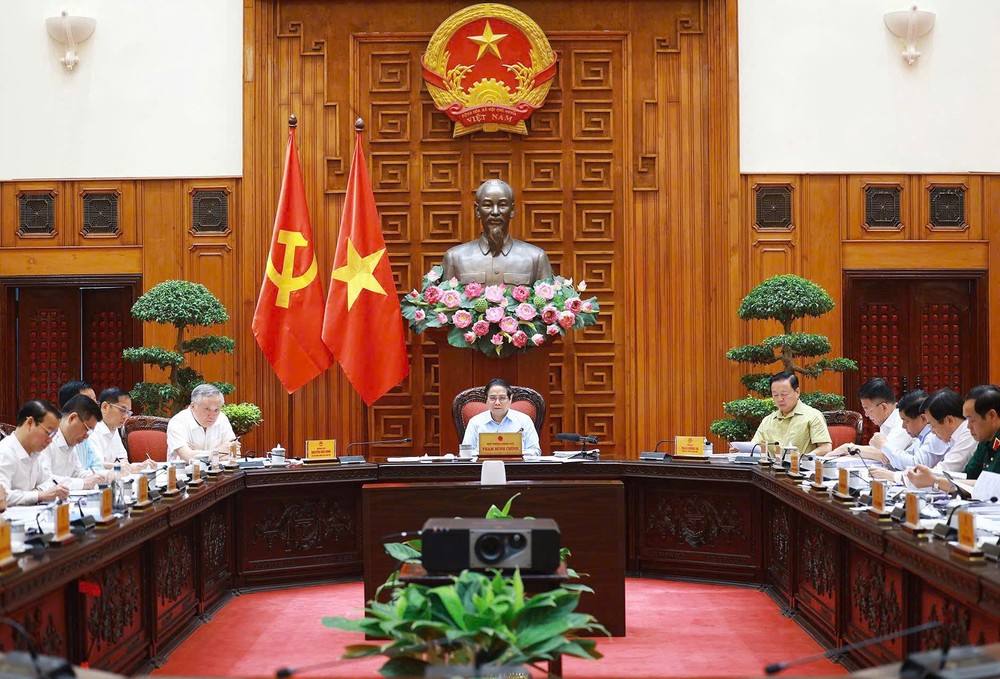
The Prime Minister emphasized that Vietnamese goods do not compete directly with US products and that bilateral trade has ultimately benefited American consumers while bolstering Vietnam’s export-driven growth. On that basis, he affirmed Vietnam’s readiness to enter negotiations in accordance with proposals from the US side.
He called on ministries and agencies—especially the negotiation team—to thoroughly prepare the content for upcoming talks with the US, adhering closely to the guidance of the Politburo, General Secretary To Lam, the Government, and the Prime Minister to advance a balanced and sustainable trade relationship with the US without complicating existing issues or undermining Vietnam’s international commitments. The Prime Minister stressed that efforts to engage one market must not adversely impact Vietnam’s position in other markets, and that negotiation outcomes must reflect a rational, mutually beneficial approach where gains are shared and risks jointly managed.
He also instructed relevant ministries, sectors, and localities to work in close coordination to address US concerns. Ministries are tasked with strengthening institutional frameworks and implementation mechanisms that both foster economic growth and protect domestic industries—particularly with regard to rules of origin, anti-smuggling, and the fight against counterfeit and imitation goods.
In parallel, the Prime Minister directed continued review and reform of the tax refund mechanism, further streamlining of administrative procedures, and reductions in compliance costs and time in line with Government Resolution No.66. He also ordered the immediate establishment of a National Single-Window Investment Portal, along with national and provincial-level investment promotion centers.
These efforts are intended to enable more selective, high-quality investment inflows—focusing on high-tech sectors and long-term, sustainable investors aligned with Vietnam’s development strategy. The aim is to attract partners capable of technology transfer, workforce training, and R&D collaboration, while helping Vietnamese firms integrate more deeply into global and foreign-led supply and production chains.




